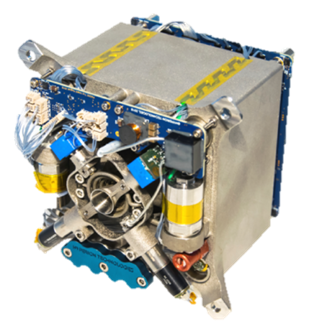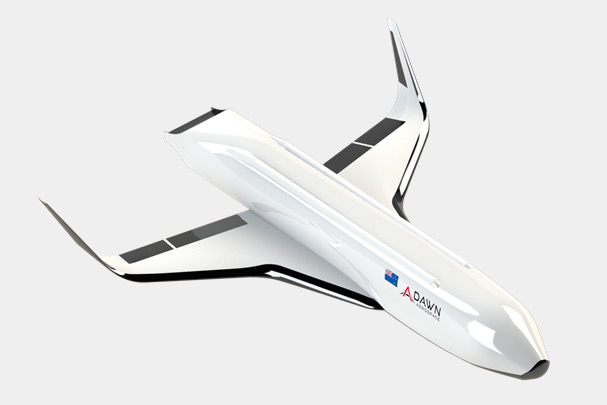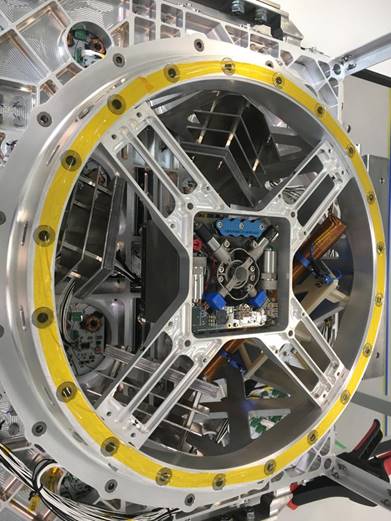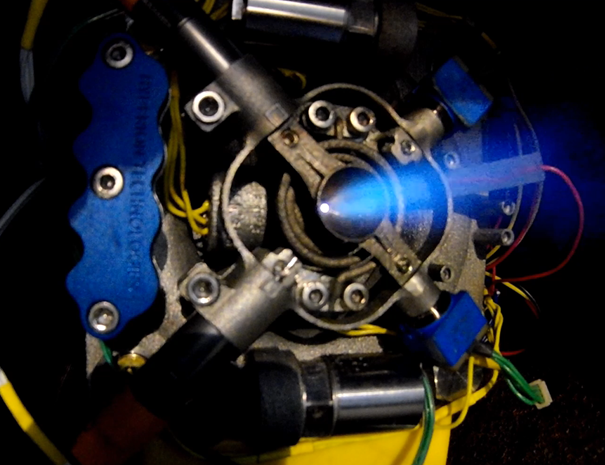Dawn Aerospace - increasing NZ space flight
Dawn Aerospace is a NZ registered company pushing the boundaries of space technology and engineering in green satellite propulsion, suborbital launch vehicles and novel orbital launch systems. Read more about their innovation successes in our guest article written by Kiwi Co-founder, James Powell.
Our company was started by a group of engineers with international experience in design, manufacture and qualification of satellite systems, propulsion technologies and aircraft systems. Space flight is technically very demanding, so our commercial plans break this up into three commercial and technical stepping stones.
The first product is satellite propulsion systems. Dawn have a world leading proprietary technology that means these systems have around 1000x higher thrust than any green propulsion competitor. It even exceeds performance of traditional toxic fuels such as hydrazine. These systems allow for precision orbiting, maintaining orbit, extending satellite life by a factor of 10+, rapid constellation phasing, avoiding space debris and controlled de-orbit to name a few. Our unique technology is very high thrust and environmentally friendly – this combination is a world-first.

0.5N Cube-sat propulsion module.
Credit: Dawn Aerospace
The next step is a reusable, suborbital launch vehicle which will be the first vehicle to fly to space twice in one day, and is currently in development. This vehicle will provide fast response earth observation, micro-gravity research, space system testing and serves as a test bed for our development of future orbital flight technology.

Render of Dawn’s sub-orbital launch vehicle - Credit: Dawn Aerospace
Finally, we will develop an orbital launch system with reusable sub-orbital technology, so launch operations will be more akin to commercial aircraft than traditional rockets. The high reusability combined with aircraft type operations means launching into space will become more like commercial air travel - cheap, simple, safe, fast and easy.
New era in green satellite propulsion
Our satellite propulsion technology is a bi-propellant design using very safe, high performance propellants. Alternative forms of propulsion are either highly toxic, such as hydrazine, or very low thrust, such as electric propulsion, so our unique combination is unparalleled.
We are able to manufacture complete propulsion systems from cube-sat scale (very small satellites weighing typically up to ~10kg and the size of a shoe box) up to those required for multi-hundred-kilogram satellites. The core technology for these systems was developed by two of Dawn's founders during their Masters research at TU Delft in the Netherlands.

0.5N propulsion module integrated into a customer satellite. Credit: Dawn Aerospace
Increased Mission Capability, Value and Safety in Orbit
Dawn’s satellite propulsion technology is helping improve space safety in several ways. Groups of satellites sent up in constellations with our propulsion technology can be flown into position many months faster, getting the satellite active much faster. It also helps the satellite to avoid space debris. Avoiding space junk reduces the operational risk to a satellite but also mitigates the onset of Kessler Syndrome, where earth orbit is littered with too much space junk to be able to fly.
Ability to control de-orbiting also reduces space junk by removing defunct satellites from orbit. The benefit of this was recently vindicated by the FCC (Federal Communications Commission) who reduced launch license costs by around US$400k, more than a factor of 10, for satellites with this capability.
Lower orbits can also be flown, allowing for higher resolution from imaging and sensor-based satellites plus higher bandwidth and improved performance for communications satellites. Satellites of the scale of 100kg plus typically use a historically chosen propellant, hydrazine. Though very good as a satellite propellant, it is extremely toxic. This toxicity means that fuelling up (filling the tanks) a satellite can be a half million dollar expense once all hazard management, quarantines and associated procedures are taken into account. As Dawn’s technology achieves the same performance as hydrazine systems, it is very well positioned to help the space industry save significant costs and transition away from toxic propellants such as hydrazine.

Propulsion test fire. Credit: Dawn Aerospace
Location is everything
Dawn’s mission is to bring abundance and simplicity to space flight. Dawn Aerospace is registered in New Zealand with a subsidiary in the Netherlands and in the US. The team is split roughly evenly between the NZ and Dutch office, with a small US presence. New Zealand provides an excellent regulatory and government system, unique engineering skill and a great location for testing. The Netherlands has outstanding access to rare infrastructure for space qualification, deep industry knowledge and access to market. Dawn have expanded from a staff of three in mid- 2018 to over 20 engineers by mid-2019. Dawn will be at IAC (International Aeronautical Conference) in Washington DC in October 2019. If you would like to arrange a meeting or for other enquiries please contact:

